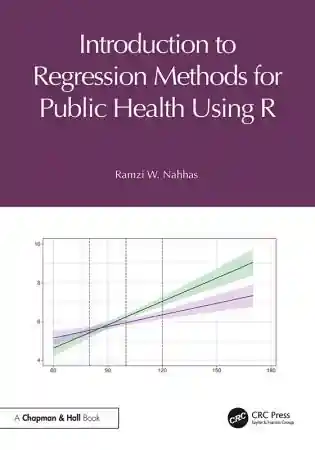
The Science of Sleep: The Path to Healthy Sleep: The Scientific Guide to Ideal Sleep: Balancing Body and Mind through Sleep (NeuroEssentials: Pathways to Mental Clarity and Well-being Book 2)
- Length: 163 pages
- Edition: 1
- Language: English
- Publication Date: 2024-03-08
- ISBN-10: B0CXMMR7WD
- Sales Rank: #0 (See Top 100 Books)
The book “The Science of Sleep: The Path to Healthy Sleep” is a comprehensive work that delves deeply into the fascinating world of sleep, exploring its complexity, its vital importance to health, and strategies to optimize it. Through a rich combination of science, practical advice, and profound insights, this book stands out as an essential guide for anyone looking to improve their sleep quality and, consequently, their quality of life. The introduction of the book establishes a solid understanding of the science of sleep, emphasizing how sleep is fundamental to our physical and mental well-being. This section lays the groundwork for a detailed exploration of the mechanisms regulating sleep and its impact on our daily lives.
A critical point of the book is the discussion on the importance of sleep, considered essential for health. The text explores how inadequate sleep can affect everything from our cognitive and emotional capacity to our physical health, addressing topics such as hormonal regulation, muscle recovery, and immune system maintenance. The book delves into neurotransmitters and sleep, shedding light on how these essential brain chemicals influence sleep patterns and are, in turn, affected by them. This section provides a clear understanding of the crucial role that sleep plays in the neurochemical balance, essential for mental health and emotional well-being.
In subsequent chapters, the book explores the fundamentals of sleep, including its mechanisms, stages, and effects on the brain and body. It details sleep regulation, such as the circadian cycle and sleep homeostasis, and discusses the key neurotransmitters vital for the sleeping process. The section on Neurotransmitters and Sleep delves into how substances like serotonin, GABA, and dopamine affect sleep. This chapter clarifies the complex interaction between sleep and brain neurochemistry, emphasizing how a proper balance is crucial for health and well-being.
The chapters dedicated to sleep, brain, and mental health, as well as sleep and physical health, highlight the consequences of inadequate sleep, from metabolic issues to impacts on the immune system and the importance of physical regeneration. The discussion on sleep disorders covers everything from insomnia to narcolepsy, offering insights into treatments and interventions based on both medication and cognitive-behavioral approaches, as well as lifestyle changes. The chapter on optimizing sleep provides practical guidelines on sleep hygiene, creating an ideal sleeping environment, and strategies to avoid behaviors that impair sleep. Moreover, it presents natural and dietary interventions to promote restorative sleep.
The book concludes with an exploration of advances in sleep research, including the use of emerging technologies and AI-based therapies, representing the future in treating sleep disorders. The conclusion encourages the integration of the acquired knowledge into daily life, emphasizing the ongoing commitment to well-being and highlighting how education and personalization of sleep routines can transform our health and our lives. In summary, “The Science of Sleep: The Path to Healthy Sleep” is more than just a book; it is an indispensable companion for all those who value the restorative power of sleep and wish to deepen their knowledge and improve their practice of this fundamental aspect of life. It is a work that not only informs but also inspires positive changes, promoting better sleep and, consequently, a better life.







